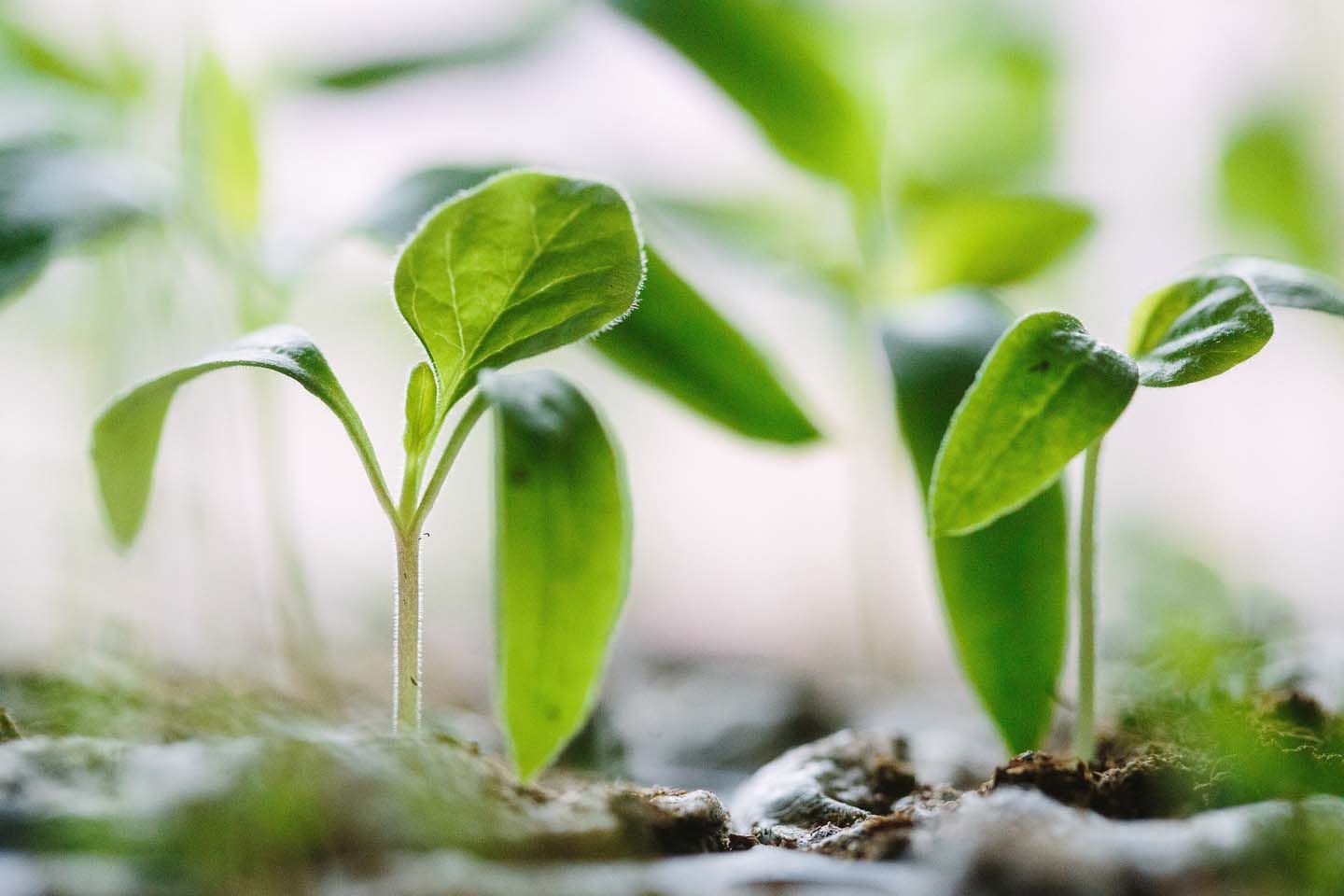Change your relationship to the difficult with these insights.

Many of us get into meditation because we are dealing with something difficult. It can be something physical such as pain or illness. Or it can be something more mental such as anxiety or low mood. Perhaps it is a combination of both, as often the separation between mind and body is not as clear as we would like to think. Along with seeking medical support for any issues you are facing, mindfulness and meditation can be a useful tool for learning how to work with difficult emotions.
Here are three valuable insights from the mindfulness tradition that you may find helpful.
It is not always easy to see our experiences as not being part of us. When faced with physical pain or a difficult emotion, such as fear or helplessness, through mindfulness we can start to observe it rather than be consumed by it. There is a world of difference between feeling that ‘I am angry’ and seeing that ‘there is anger’, between ‘my pain’ and ‘the pain’. In the technical language of meditation, this is called non-identification. The intensity of painful sensations or difficult emotions and all the thoughts and stories that come with them are really powerful and can carry us away. But when we are able to observe our experience more neutrally, we become more relaxed and light around things which we previously identified with very tightly. Observing what is happening to us in this way does not mean dissociating or denying our experience, all that changes is the lens through which we look.
When we are in physical pain, often the most challenging aspect of our experience is not the original sensation, but the emotional pain that comes alongside it. What first appears as an uncomfortable sensation in the body, can quickly be followed by feelings of helplessness, self-criticism, and resistance to the pain. These reactions add layers of tension, worry, and distress, which can often feel more painful than the original sensation. Just as learning to see thoughts as thoughts, through meditation practice we can also start to see painful sensations just as painful sensations. By being able to stay at the level of basic sensation, we stop giving any more meaning to those additional sensations than necessary. Seeing pain just as pain can be a challenge, but one way to become better at it is to be as interested as you can in the detail of what the sensations feel like. Act like a scientist, observing what the boundaries of the painful sensations are and looking at them in finer detail.
Working with the habits of obsessive thinking is one of the most powerful ways that mindfulness can help, and it centres around being able to see the simple truth that thoughts are not facts. Thoughts are just thoughts. They pop up in the mind depending on our mood and our circumstances, but we give them more power than perhaps they deserve when we see them as absolutely true. While it is unlikely that meditation will get rid of our thoughts altogether, it can give us the awareness to see thoughts as they arise and the stability to leave them alone rather than get caught up in them. This is especially important for the negative thoughts about ourselves and our situation. Life is hard enough without believing every single thought we have and so the more we see for ourselves that that thoughts are not facts, the more freedom we will have.
We hope that these reflections on meditation and the difficult have been helpful. Being able to change our relationship to the difficult can take time. And alongside inner development, part of your process might be changing your environment and circumstances so your other conditions are more conducive to your wellbeing.
Healing is possible and just by being here is great evidence that you are already on the road, not only by exploring meditation but also all the other things you do to take care of yourself. And remember that using a meditation app is not a substitute for seeking professional medical help so if you need to do that, then please do.